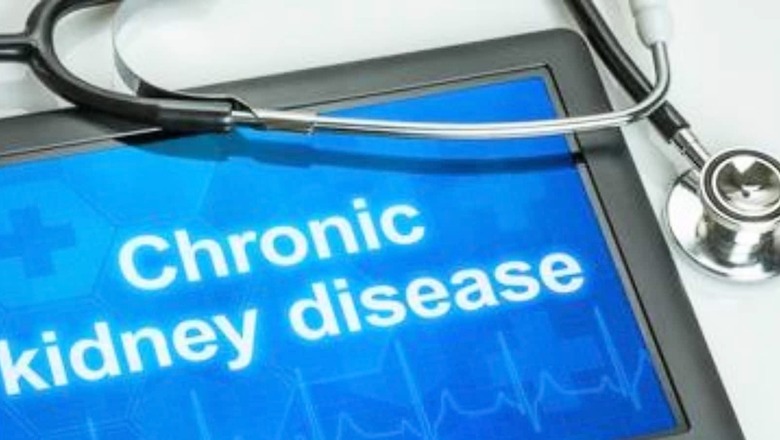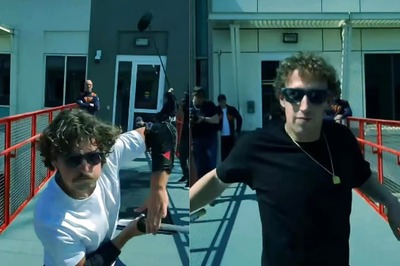
views
Healthy kidneys are essential to filter excess fluids and waste from our bodies and ensure our physical well-being. If one does not maintain kidney health, issues such as kidney failure and kidney stones may arise. One common ailment associated with these organs is Chronic Kidney Disease. This disease is characterised by a gradual loss of kidney function over time. While the occurrence of chronic kidney disease is common, its prevalence in children is quite rare. Still, when pediatric chronic kidney disease does occur, it presents unique symptoms and could have severe consequences.
Why Does CKD Occur in Children
According to Boston Children’s Hospital, about half of all childhood cases of chronic kidney disease are related to congenital malformations (birth defects). These abnormalities can range from obstructions to the kidneys that prevent proper blood flow, to reflux from the bladder back into the kidneys, causing chronic infections, to dysplastic kidneys that were never formed correctly.
The remaining cases can be attributed to acquired conditions, with many linked to nephrotic syndrome. This is characterised by four components: protein in urine, low protein levels in the blood, swelling in the body, particularly around the ankles and eyes, and high cholesterol.
Symptoms
Children with CKD may not show any symptoms in the early stages of the condition. As the disease progresses, symptoms may include swelling in the feet, legs, hands, or face. Another sign of pediatric chronic kidney disease is increased or decreased urine output, foamy or pink or cola-coloured urine caused by excess protein or the presence of blood in the urine. Other symptoms may include decreased appetite, fatigue, fever, high blood pressure, itchy skin, nausea or vomiting, shortness of breath, trouble concentrating, weakness, weight loss, and stunted growth.
Treatment
When it comes to treating kidney disease in children, healthcare professionals begin by addressing any underlying condition that may be causing kidney damage. This could involve surgery to correct a urinary tract blockage or prescribing antibiotics to combat an infection.
If a child’s kidney disease is chronic, meaning long-lasting, the focus of treatment shifts towards managing symptoms, slowing disease progression, and preventing complications. This may involve medications to control blood pressure or reduce protein in the urine, changes in diet to reduce stress on the kidneys, dialysis, and even kidney transplantation in severe cases.
Besides following the dietary instructions as suggested by the doctor, parents must track the amount of liquid a child consumes and get in touch with the healthcare professional to figure out the right amount of liquid intake for the child.
Read all the Latest Lifestyle News here


















Comments
0 comment